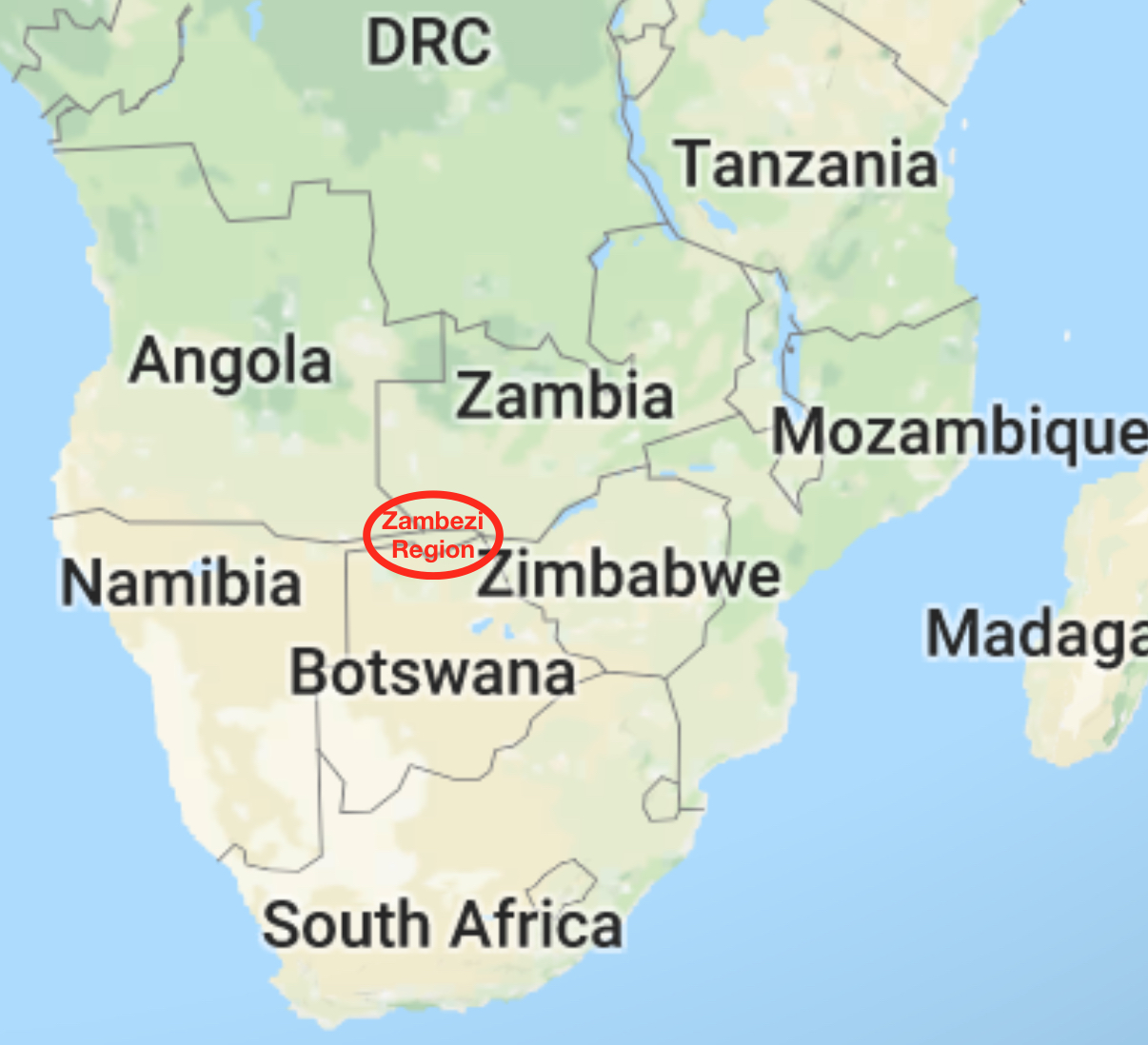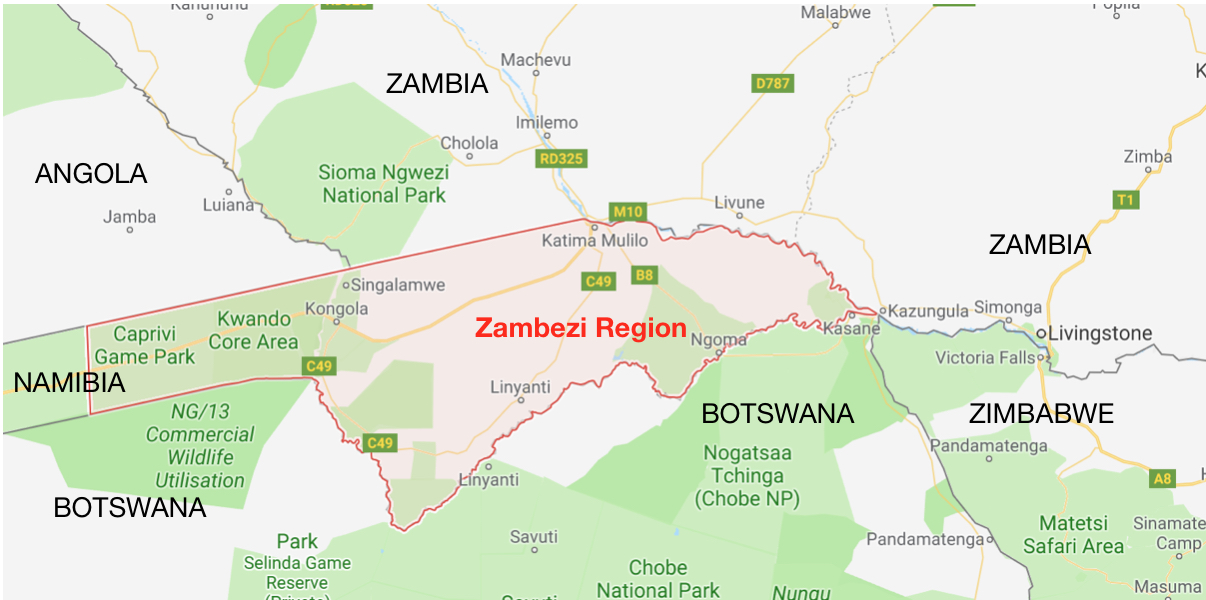

My research concerns itself with the resistance against South African rule as it played out in the Eastern Caprivi in Namibia (the region was renamed Zambezi Region in 2013). Historiographies of the Namibian War for Independence readily concede the military importance of the Eastern Caprivi during the early days of the struggle. However, to date most publications on the conflict tend to devote no more than a paragraph or short chapter to the region. This is remarkable since in the Eastern Caprivi the start of organised resistance and the subsequent conflict followed a very different trajectory from the rest of the country. My research project aims to fill this gap in Namibia’s history.
Southern Africa’s Thirty Year war
The 1950s saw the start of open struggle against colonial or white domination in Southern Africa, and within a decade almost every state in the region became directly involved in violent conflict: Angola, Mozambique, Namibia (then South West Africa), South Africa, Zambia and Zimbabwe (then Rhodesia). The conflicts also involved more distant states. For instance Portugal, the colonial power in Angola and Mozambique, deployed her military, while countries like Cuba, Russia and China sent advisors. Many other states became indirectly involved by providing arms, technology, food, intelligence or diplomatic support.
Namibia / South Africa
One of the conflicts within this greater context was the one between SWAPO (the liberation organisation of Namibia) and South Africa. When political means failed to convince South Africa to give up control over Namibia, SWAPO took up the armed struggle in 1966. In Namibia this conflict is known as the Namibian War for Liberation. In South Africa it is called the Border War.
During the conflict SWAPO’s military wing, the People’s Liberation Army of Namibia (PLAN), conducted a guerrilla war against South African forces. PLAN military and training camps were located in Tanzania and Zambia, and later on in Angola. South Africa in turn deployed a massive military presence along Namibia’s northern borders, hence the name ‘Border War’.

The Eastern Caprivi (Zambezi Region)
In the Eastern Caprivi resistance against South Africa rule had followed its own trajectory, starting with the formation of the Caprivi African National Union (CANU) in 1962. The organisation merged with SWAPO in 1964.
Once the armed struggle started in 1966, the Eastern Caprivi became of great strategic importance to both SWAPO and South Africa. As long as Portugal was in control of Angola and Mozambique, and as long as Rhodesia was under white minority rule, those three states provided a buffer between territory under South African rule, and the rest of Africa. The only place where South African territory directly bordered on a hostile state was in the Eastern Caprivi, which shares a 233 km border with Zambia to the north. For SWAPO insurgents this was almost the only place where they could enter Namibia undetected. For South Africa it was the place that was most vulnerable to a conventional military attack.

In 1975 Angola became independent, and this provided PLAN guerrillas with a more direct route from their camps in Tanzania and Zambia, to Ovamboland in northern Namibia. By 1980 PLAN’s Eastern Front - located in South West Zambia and bordering on the Eastern Caprivi - had almost completely closed down. After that the Eastern Caprivi region was relatively peaceful until the end of the war in 1989.